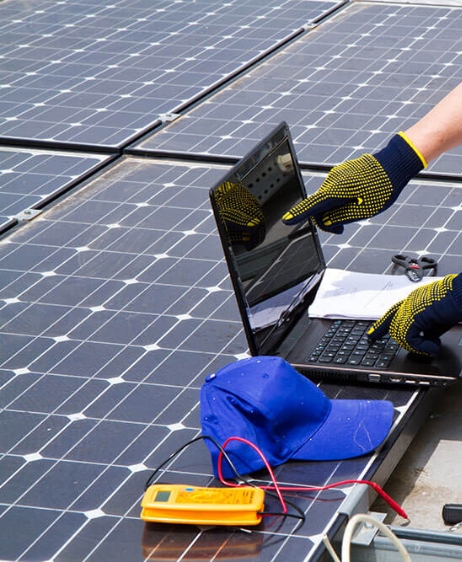SOLUTIONS FOR SERVICE PROVIDERS
Analytics and integrated workflows to optimize processes and empower your team
O&M teams need a proactive field management system that helps them prioritize and resolve known issues and events — and work to prevent issues from happening in the future. Our solutions help reduce mean time to repair (MTTR) and keep your plants efficient, safe, and reliable. And trusted cost data provides the predictability required for full-wrap and other production guarantee models.
Asset managers need trusted, curated data about individual plant and fleet-wide performance. With that data at your fingertips, you can conduct independent analysis of portfolio performance and work with service providers to maximize profit.
TALK WITH OUR EXPERTS
- Quality data = trusted information
- Use a single system to manage all plants
- Trigger dispatch directly from operations, eliminating manual system integration
- Understand costs by asset type and geography































